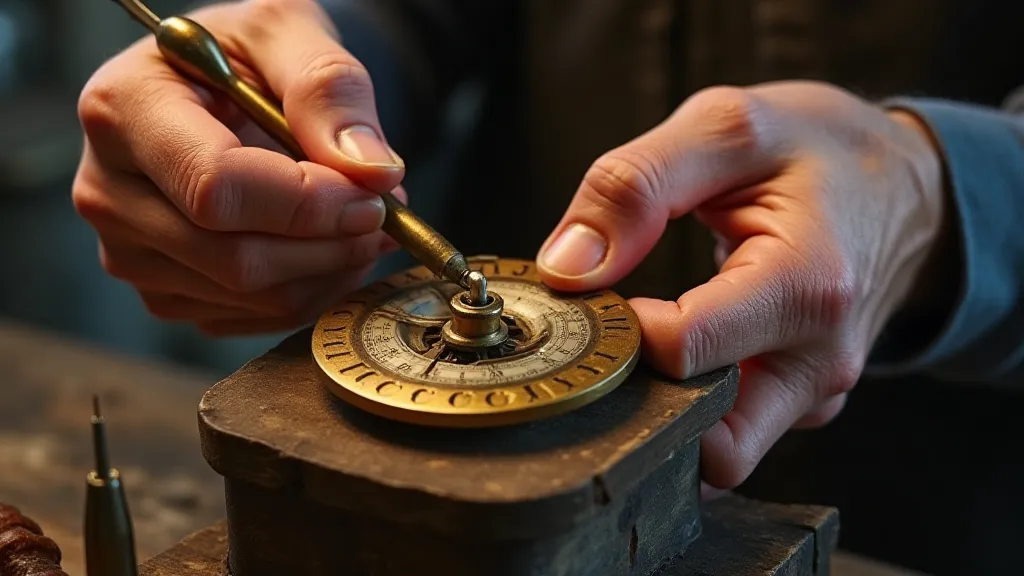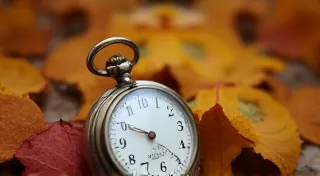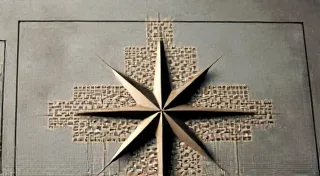Shadows of Industry: The Rise and Fall of Clock Manufacturing Regions
The tick-tock of an antique clock isn’t just a measurement of time; it’s an echo of human ingenuity, a testament to communities built around meticulous craft, and a poignant reminder of industrial cycles. We, as enthusiasts of vintage clocks, aren’t merely collecting timepieces; we're collecting history, a lineage of skill passed down through generations. This isn’t just about cogs and escapements; it’s about the places where those cogs were born, and the stories etched into the landscapes that nurtured them.
My grandfather, a quiet man with hands permanently stained with oil and brass polish, often spoke of Black Forest clocks. Not as objects, but as landscapes in their own right. He's the reason I'm here, fascinated by the meticulous art of clock restoration. He’s the one who first introduced me to the profound melancholy of a forgotten workshop, the silent testament to a community once vibrant with purpose.
The Black Forest: A Symphony of Wood and Time
The Black Forest of Germany, nestled between the Rhine and the Danube, is arguably the most famous clock-making region in the world. From the 18th century onward, the region’s isolation, abundant forests, and the industriousness of its people created a perfect storm for clockmaking. Initially, it began with simple cuckoo clocks, a pragmatic solution for farmers needing to know the time without constantly peering at the sun. The forest provided the wood, the ingenuity provided the mechanism, and the desire for beauty added the intricate carvings and playful figurines.
What truly set the Black Forest apart was the clever adaptation of the "weight-driven" movement, a simple and reliable system that could be adapted to the available resources. Families would often specialize – some would carve the cases, others would focus on the intricate movement, and still others would assemble and decorate. The scale was remarkable; entire villages were dedicated to the craft, each family contributing to a network of skill and interdependence. It wasn’t just a livelihood; it was a way of life, inextricably linked to the rhythm of the forest and the turning of the seasons. The stories held within these clocks can be incredibly personal; sometimes, tracing the lineage of a clockmaker through their markings and styles is like uncovering a hidden family history – a process enthusiasts call exploring The Clockmaker’s Legacy.
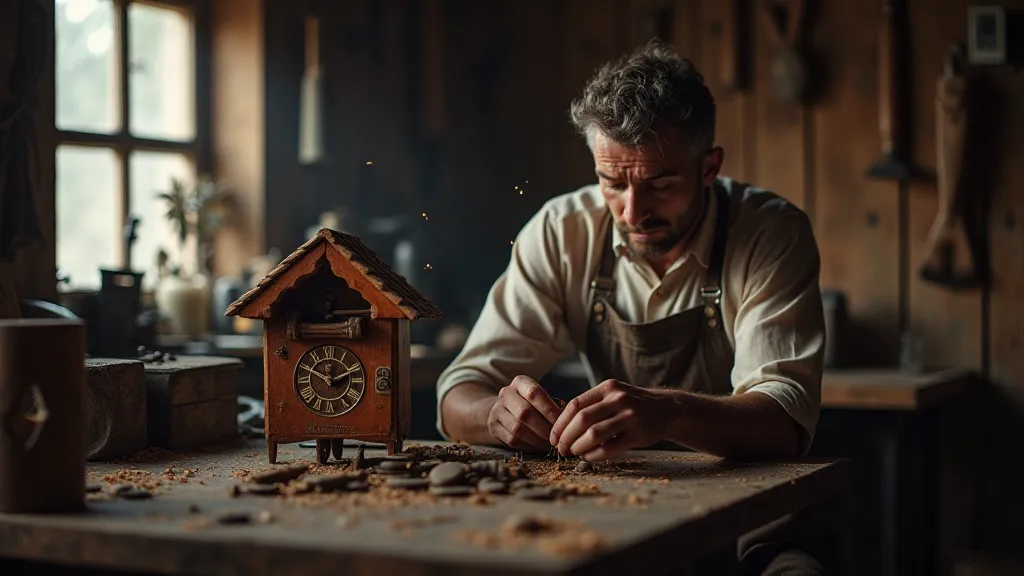
The Connecticut Valley: America's Clock Factory
Across the Atlantic, in the Connecticut Valley of the United States, a different kind of clock-making empire blossomed. Starting in the early 19th century, Eli Terry, Silas Hoadley, and others pioneered mass production techniques, transforming clockmaking from a cottage industry into a factory system. Terry’s system involved specialized workers performing a single, repetitive task, a radical departure from the traditional European approach. This division of labor dramatically increased output, making clocks accessible to a wider population.
Towns like Bristol, Waterbury, and Meriden became synonymous with American clock manufacturing. The region possessed crucial advantages: abundant water power for driving machinery, a readily available workforce, and a burgeoning market eager for affordable timepieces. The “American System” of manufacturing revolutionized not just clockmaking, but laid the foundation for the industrial age in the United States. These weren’t just clocks; they were symbols of American ingenuity and the promise of a mechanized future.
But the relentless drive for efficiency and low prices came at a cost. The beauty and individuality of hand-crafted clocks were sacrificed for uniformity and cost-effectiveness. The intimate connection between the maker and the creation faded as production became increasingly detached and impersonal. While these clocks represent a significant chapter in American industrial history, they also represent a loss of the intimate craftsmanship that defined earlier eras.
Moravian Watchmaking: Precision and Community
Moving eastward, the Moravian settlements of Bohemia (now the Czech Republic) developed a unique and highly regarded watchmaking tradition. Moravian clockmakers were known for their exceptional skill in crafting small, intricate movements. Unlike the mass-production techniques of Connecticut, Moravian watchmaking was rooted in a strong sense of community and a commitment to quality. The Moravians operated under a communal system, prioritizing craftsmanship and precision over profit.
Their movements were renowned for their accuracy and elegance, often incorporating innovative escapement designs. The emphasis on precision also extended to the overall aesthetic; the cases, while often simple, were meticulously crafted to complement the fine mechanisms within. Sadly, the unique and highly refined techniques of Moravian watchmaking were largely disrupted by the upheavals of the 20th century, and few workshops remain that carry on the original methods. Sometimes, the discovery of an old timepiece can feel like uncovering a buried treasure – a moment of Serendipity’s Tick.
The Tide Turns: Factors of Decline
The prosperity of these clock-making regions, like the relentless ticking of a timepiece, was never destined to last forever. A complex interplay of factors contributed to their decline. Increased competition from cheaper, imported clocks – particularly from Asia – proved devastating. The rise of electric and digital timekeeping rendered mechanical clocks increasingly obsolete. Shifts in consumer tastes and preferences further eroded demand.
In the Black Forest, the economic downturns of the 20th century, coupled with the increasing cost of skilled labor, forced many workshops to close their doors. The Connecticut Valley experienced a similar fate, as factories moved overseas in search of lower production costs. The unique and highly refined techniques of Moravian watchmaking, though cherished by collectors, were simply unable to compete in a rapidly changing world.
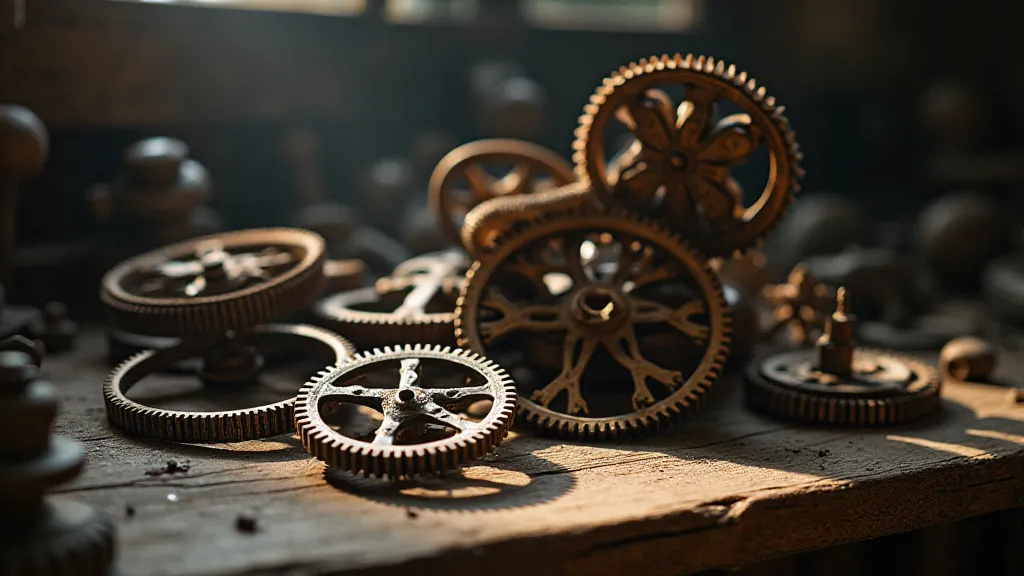
Beyond the Mechanics: The Emotional Resonance
The decline of these regions also speaks to a deeper shift in our relationship with objects. The mass production of clocks, while democratizing timekeeping, often stripped away the sense of connection and artistry that characterized earlier craftsmanship. The beauty and poetry that once resided in the meticulous creation of each piece has been replaced by a focus on efficiency and cost-effectiveness. The slow and deliberate processes of restoration are often the only way to recapture some of that lost resonance, transforming decay into a testament to enduring quality – a process that some enthusiasts call The Alchemy of Rust.
The Echoes Remain
The decline of these clock-making regions is a poignant reminder of the fragility of industrial prosperity. However, their legacy lives on, not only in the antique clocks that grace our homes but also in the skills and traditions that have been passed down through generations. The sense of melancholy that surrounds abandoned workshops, the ghostly presence of lost skills – these feelings contribute to a haunting beauty that draws enthusiasts to these forgotten places – a phenomenon some refer to as Gears & Ghosts.
As enthusiasts and restorers, we have a responsibility to preserve these legacies. By meticulously repairing and restoring these timepieces, we're not just fixing machines; we are preserving pieces of history, echoes of the communities that built them. Every restored clock tells a story – a story of ingenuity, craftsmanship, and the enduring human desire to measure and understand the passage of time.
There's a profound satisfaction in holding a piece of that history in your hands, feeling the weight of generations of skill and dedication. The tick-tock isn’t just a measurement; it’s a connection to the past, a promise of continuity, and a testament to the enduring power of human creativity. And in carefully preserving these treasures, we’re ensuring that the shadows of industry continue to whisper their stories for generations to come.
